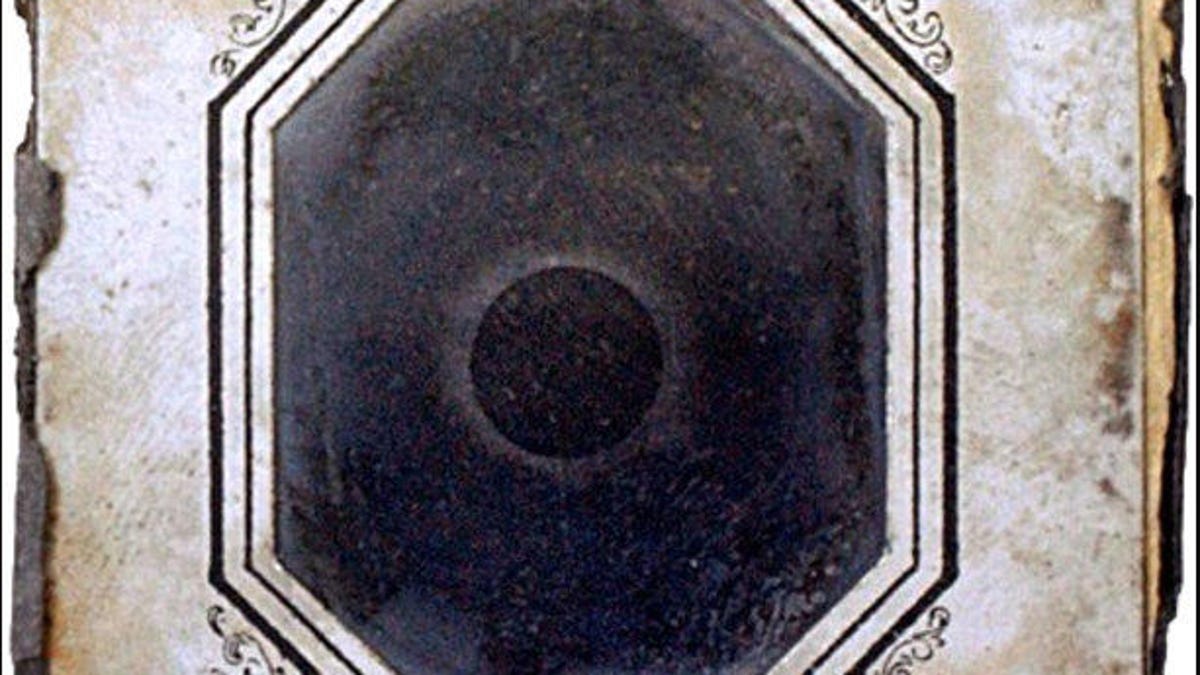First photo of a total solar eclipse was snapped in 1851
By that year, technology had finally advanced enough to let a skilled photographer capture a total solar eclipse.

Johann Berkowski captured the total solar eclipse in 1851.
While North America is looking ahead to the total solar eclipse on August 21, it's also a good time to look back at another major date for such rarities: July 28, 1851.
That's when Johann Julius Friedrich Berkowski took the first photograph of a total solar eclipse. The image was shot from a prime viewing spot at the Royal Observatory in Konigsberg in Prussia (now Kaliningrad in Russia).
The observatory was destroyed in World War II, but the daguerreotype lives on. The National Center for Atmospheric Research notes that most eclipse observations were recorded as drawings up to the time of Berkowski's photograph. The Smithsonian Institution calls it "the first correctly exposed photograph of the solar corona."
Berkowski used a small telescope to help capture the image as a daguerreotype on a silver-coated copper plate. The exposure, which took 84 seconds, has a ghostly look.
When you compare this early image with modern ones of eclipses, it's easy to see how far we've come. But Berkowski's historic effort started it all, and it's worth a fresh look as we head into what could be the most viewed eclipse in history.

